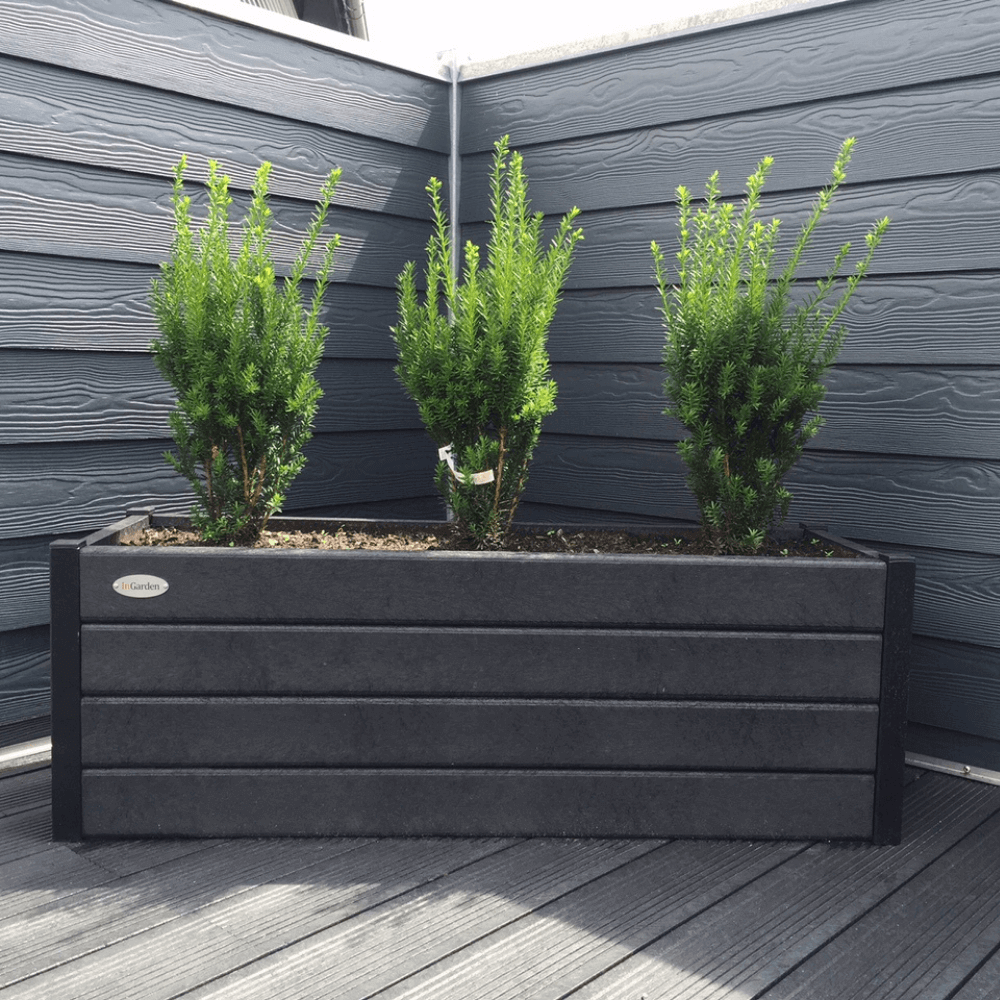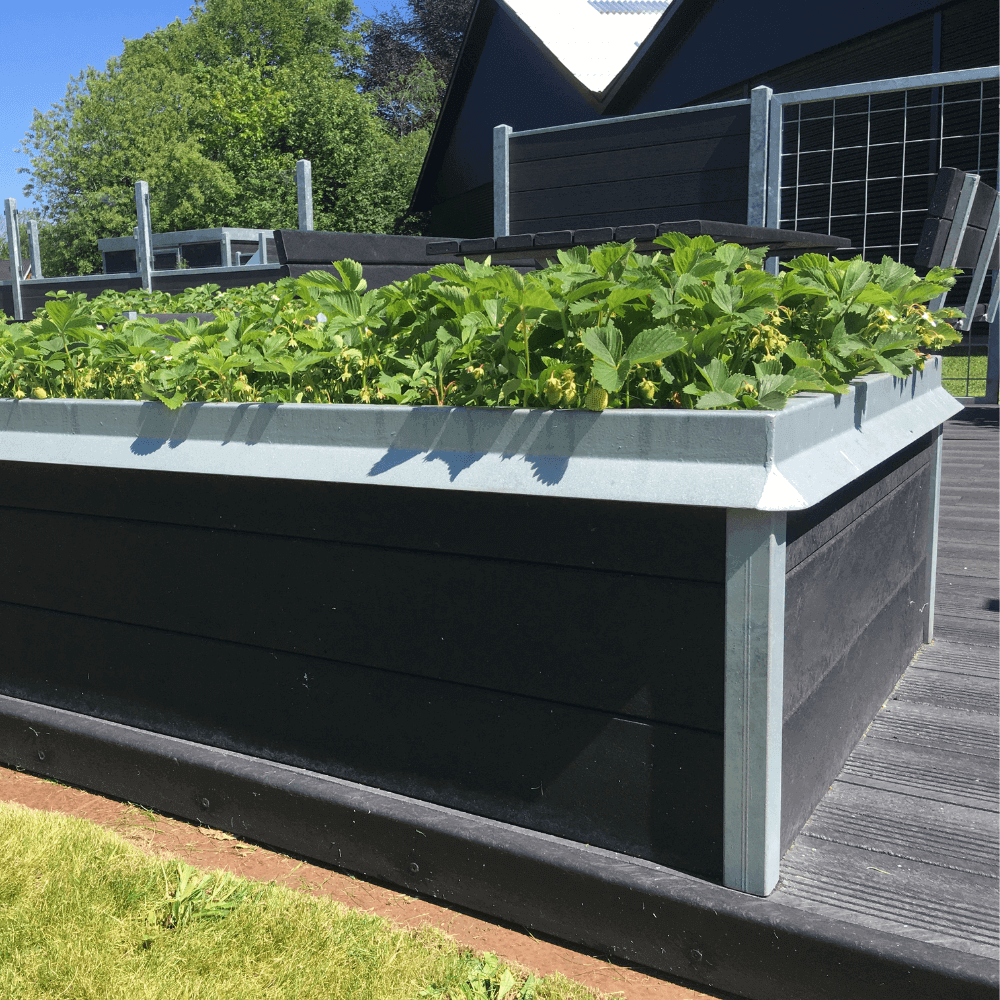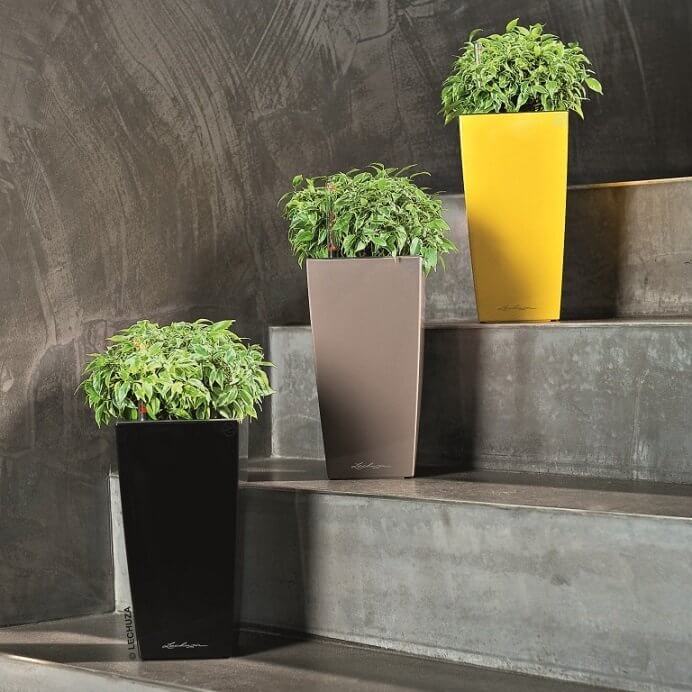Again this year I will try to optimize cauliflower production - not to be able to harvest as many as possible, but to be able to harvest over as long a period as possible. I once stood with 10 harvest-ready heads at once, all of which had to be eaten in a week's time before the last ones burst into full bloom - and we will not bother again! Our experience is that cauliflower loses a lot of quality when frozen (as opposed to broccoli, for example), so they should preferably be eaten reasonably freshly harvested.
Therefore, it should be small groups of 4-6 pieces at a time ("a little, but often") divided into different varieties where some are overwintering, others until mid-season, and still others late planted often as a second crop. At the same time, for the sake of a sensible crop rotation, cabbage can not be planted all over the kitchen garden, so in some places cauliflower is planted after the earliest cabbages have been harvested. Something of a puzzle, where i.a. the weather can make the pieces suddenly not fit together at all. But based on the experience of recent years, the preliminary plan is as follows:
March: Normally the earliest team would have to be sown in early March (Mayflower, Orkney or Amazing) for planting under non-woven fabric / plastic in April - harvest in June / July. This year, however, I have too many who have survived the winter, so this team is skipped so as not to get too much at once (there is so much else to eat in June).
April: in the middle of April, the variety Amazing was seen, which in June will fill the rest of a bed, where in March overwintered cauliflower and cauliflower have been planted, which have stood in small pots in the greenhouse. If it goes as planned, some of the plants will be able to replace the first cabbages that are harvested, the rest will come where early lettuce has been grown. An advantage of Amazing is that they can be planted as close as 35 × 35 and still give nice heads. Harvest during August.
May: first in May some Amazing were seen again at the same time as a bunch of red cabbage. These are planted in June after early potatoes, and harvested in September / October.
May: in late May, the autumn variety Autumn Giant was seen. Planted in July where there is room for the earliest cabbages and for potatoes. Autumn October. At the same time, there is a last chance for the variety Triomphant ("Christmas Cauliflower"), which should be harvested in December / January, but which this year has only given a small head in February.
Finally, this year we will try Chinese Sweet Sprouting Cauliflower, which is grown for the delicious side shoots in the same way as asparagus broccoli. Must be planted in June / July after harvest of the earliest peas.
June: in mid-June, the last batch of Autumn Giant was seen, planted in August after clearing the oldest strawberries. Autumn November / December.
June: in late June, the overwintering variety Winter Aalsmeer was seen. They are planted after peas in August and stand all winter as relatively large plants, which begin to develop heads in April / May.
September: in early September, the Orkney variety was seen with the other overwintering cabbages (broccoli and spiced cabbage). The plants stand in small pots in the greenhouse covered with non-woven fabric in case of a lot of frost, and are planted out when the soil temperature is appropriate in March. Autumn in June / July.
If the plan holds (which cultivation plans rarely do), in other words (maybe) will it be possible to harvest cauliflower continuously over a period of 9-10 months - and even longer if my current "Christmas Cauliflower" suddenly finds itself celebrating Christmas here in March ?? ?.
Written by Peter Norris, March 3, 2018









-1.backdrop.png)


-1.backdrop.png)








